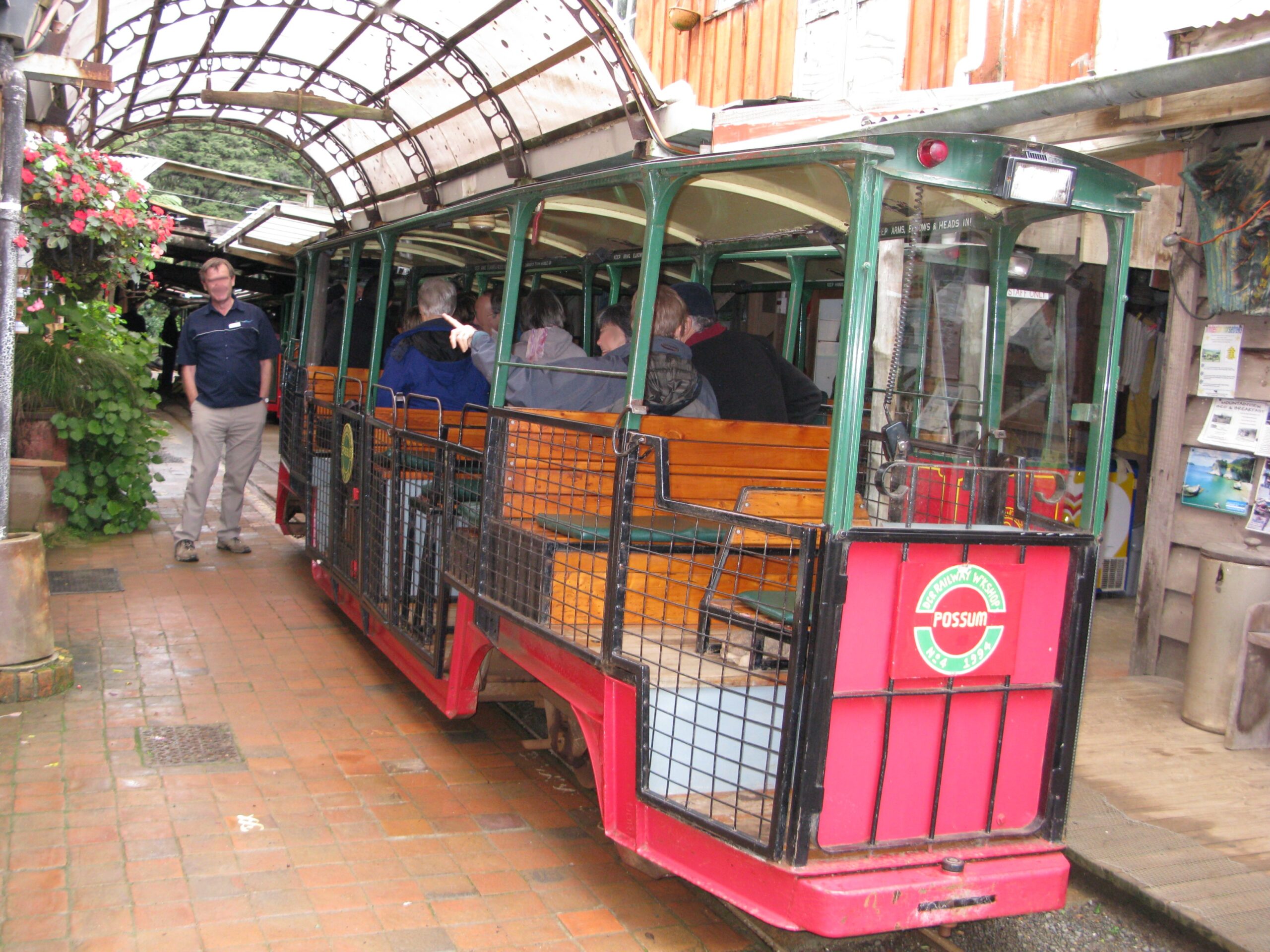
Beamish Living Museum, officially known as Beamish – The Living Museum of the North, is a pioneering open-air museum located in County Durham, England. It was founded on the vision of Dr Frank Atkinson, who, in the late 1950s, foresaw the rapid disappearance of North East England’s industrial and social heritage. Inspired by Scandinavian folk museums, Atkinson proposed a museum that would preserve not just artefacts but entire ways of life, including buildings, customs, and dialects.
In 1958, Atkinson, then director of the Bowes Museum, began collecting everyday items under a policy of “unselective collecting”—accepting anything offered, from sewing machines to steam engines. By 1970, Beamish Hall had become the museum’s base, and in 1971, the first exhibition, “Museum in the Making,” opened. The museum welcomed its first visitors on the current site in 1972, and by 1973, its first tram—Gateshead 10—was running on a demonstration line.
Beamish quickly expanded, with translocated and replica buildings forming immersive exhibits. The 1900s Town includes a Co-op store from Annfield Plain, a pub from Bishop Auckland, and Ravensworth Terrace from Gateshead. The Pit Village features cottages from Hetton-le-Hole and a chapel from Beamish village. The Georgian area showcases Pockerley Old Hall and a recreated Waggonway with working replicas of early steam locomotives like Puffing Billy and Steam Elephant.
Throughout the 1980s and 1990s, Beamish added key features such as Home Farm, Rowley Station, and the Pit Hill Methodist Chapel. The museum’s tramway, which circles the site, became fully operational in 1993. By the early 2000s, Beamish had introduced new exhibits like the bakery, chemist, and photographers in the 1900s Town, and the 1940s Farm, which opened in 2014.
A major milestone came with the launch of the Remaking Beamish project, supported by the National Lottery Heritage Fund. This ambitious development added a 1950s Town, including replicas of council houses, a cinema, toy shop, and aged miners’ homes. The project also expanded the Georgian landscape with new exhibits like Spain’s Field Farm and St Helen’s Church, relocated stone by stone from Eston near Middlesbrough.
Beamish is not just a museum of buildings and objects—it’s a museum of people. Costumed interpreters bring history to life, engaging visitors in traditional crafts, school lessons, and wartime cooking. The museum also preserves rare livestock breeds and offers hands-on experiences like tram rides and coal mining tours.
Today, Beamish spans over 350 acres and attracts hundreds of thousands of visitors annually. It remains true to Atkinson’s founding principles: to vividly illustrate the lives of ordinary people and make history accessible and engaging. The museum continues to evolve, with new exhibits and educational initiatives that reflect the changing narratives of the North East.
Sources:
This history was generated using AI based on publicly available sources.